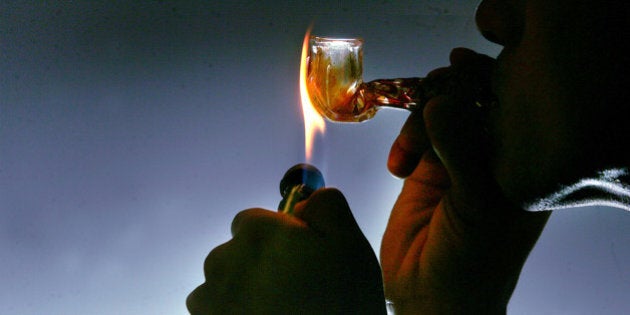
The prevalence of Ice use in Australia has reached epidemic proportions and needs a response that attacks such an epidemic. The work of Former Victorian Police commissioner Ken Lay and Senator Fiona Nash's National Ice Task Force has resulted in a proposal that was outlined by the Prime Minister recently, which will take the country forward over the next few years.
The proposal includes enhanced early-education and rehabilitation services and with this a recognition that the problem of addiction requires more than a law enforcement response. The proposal also focuses on the addict, which is necessary for success in Australia.
In October, the Australian Strategic Policy Institute released a report with recommendations for a strategy to address the harm that has been brought to Australian communities by the Ice problem. The report calls for neither mandatory sentences nor decriminalisation, but rather a strategic approach to harm minimisation.
The work focused its energy on the need for an innovative and integrated response that allows the law enforcement community to continue their work while also recognising that the solution to addiction is as much, or more, about combating the addiction directly.
With the support of all levels of government -- and the agencies involved in developing and implementing solutions to drug addiction fully engaged -- the country would be better at managing drug addiction and having a long-term impact on addiction. It is hoped that the strategy outlined will also focus energy on the early intervention of addictive behaviour in Australia and tackle the problem of youth involvement in the use of illicit drugs, in particular, Ice.
In a presentation at the Charles Sturt University campus in Port Macquarie in November, I was told by teachers and other school administrators that the levels of Ice use among adolescents had reached shocking levels. One administrator stated that 30 percent of the students in his school had admitted to Ice use, an alarming rate when we consider the impact Ice has on the brains of young people.
It will be necessary to engage the partners and service providers within the youth community if we hope to develop an innovative, enhanced education and prevention program targeted at youth in schools.
We can find young people engaged in drug use at the very schools they attend. Schools are also the place where we can engage those youth to reduce the risk through an early-intervention strategy -- getting to them before the dealers do.
After 32 years of policing, in 16 different cities and towns, I have seen that schools are our opportunity to reduce the risk of drug abuse by young people. Research* has shown a strategy that focuses on addiction prevention and healthy activities will also see the cost of long-term rehabilitation programs for addicts dramatically reduced.
In fact, various research** pieces show that every dollar spent on prevention will produce a benefit of four to seven dollars. The reduced healthcare costs, costs of crime and law enforcement and a healthier society for the long-term are all proven results of early intervention.
The proposed funding will need to manage the demand for drug treatment, where jurisdictions have four to six-month waiting periods, while also reducing the demand among this target population. Placing our efforts first on keeping young people off drugs and then focusing on getting them off drugs and treating them as soon as possible is the approach that has worked elsewhere and one that can work in Australia.
A 2005 study by Dennis et al., shows that substance-use periods are longer the younger the age of first use, and that substance-use periods are shorter the sooner people get treatment. In other words, early intervention is the best model -- and that means attacking drug addiction at its very roots rather than waiting for an addict to need long-term residential treatment. This identifies the clear and convincing evidence that early or earlier intervention, in particular for youth, has the greatest potential for success and lessens the potential for recidivist drug use.
In conclusion, a road map for success in the development of a successful program targeting and engaging addicts should consist of two important components; an innovative, enhanced education and prevention program targeted to youth in schools, and fully-funded and supported treatment programs across the country. With the funding announcement should come renewed faith that Australia can move forward on both fronts.
__________________
*UNGASS. (2014). Ending the Drug Wars - Report of the LSE Expert Group on the Economics of Drug Policy. London: The London School of Economics and Political Science.
**UN Office on Drugs and Crime, World Drug Report 2013 (Vienna: United Nations, 2013), appended fact sheet., Ibid.